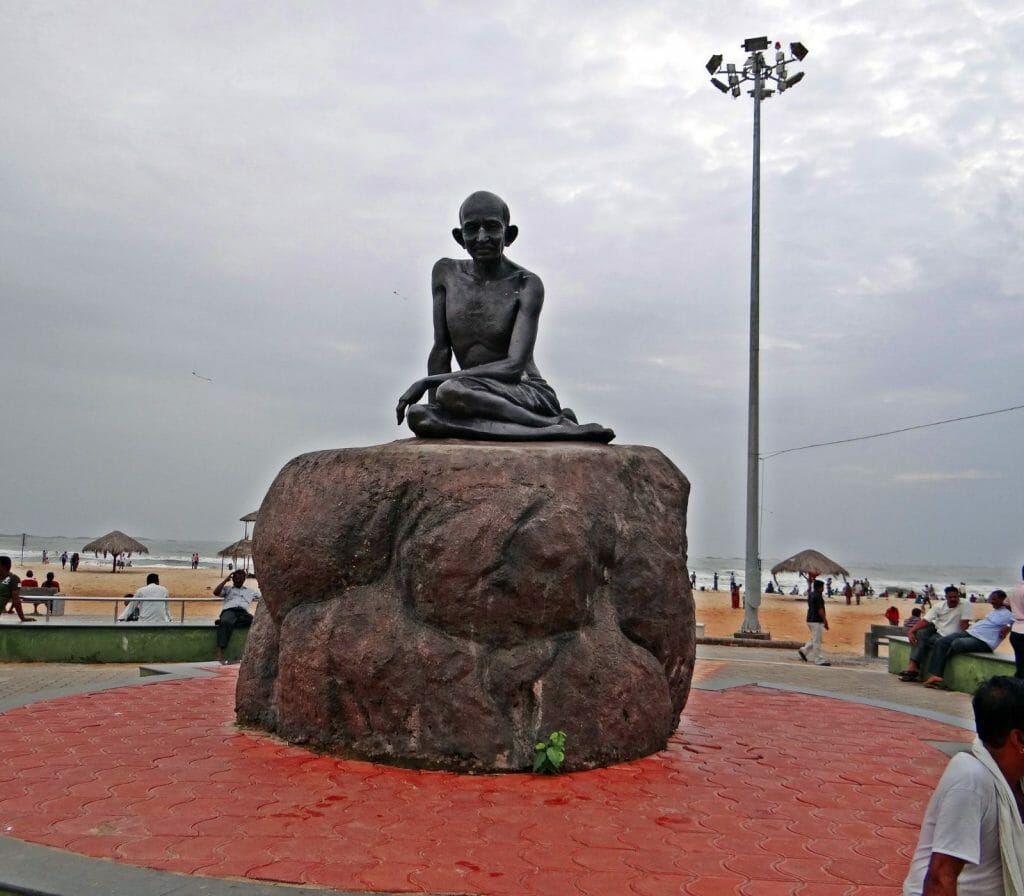Ahimsa: The Path of Nonviolence

Ahimsa: The Path of Nonviolence
In the aphorisms of Patânjali, the coder of classical Yoga, we find the first Yama, as the practitioner’s first commandment, an ethical prescription called Ahimsa.
Ahimsa and Harmlessness
Ahimsa is simply nonviolence. It is unconditional respect for every manifestation of life, in whatever form, including yourself. Truth is my religion, and Ahimsa is the only way of its realization. Mahatma Gandhi
Violence is an emotional response that reflects the state, still primitive, of the human being.
It is rooted in the structure of the individual’s character, portrays the vulnerabilities of the human being through the evident practical contents that rest like powder kegs in the human soul. These contents keep unpleasant information of traumatic events that created an emotional program with the primary language of the being’s defensive instincts. Thus, in the face of borderline situations or specific events, the fuse is lit, and all this stored material manifests itself aggressively and uncontrollably.
Often, we find peaceful, kind, and deeply engaged people in the path of good, reacting in an untimely, uncontrolled way, showing a complete inability to deal with prosaic everyday situations. It is common to say: “Wow, I didn’t know you were like that!”.
In fact, the surprise is expected because we are unaware of the dynamics of the repressive agents that work as a kind of valve in this pressure cooker; therefore, it is not uncommon for irascible people to develop archetypal masks for more significant and general approval.
Many preach Peace, but they live inside an inner hell, victimized by mood swings, alternating personalities, and suffering to deal with the unconscious drives.

The Path to Peace, Nonviolence, goes through Self-Knowledge.
There is, however, only one idea of duty which has been universally accepted by all mankind, of all ages and sects and countries, and that has been summed up in a Sanskrit aphorism thus: “Do not injure any being; not injuring any being is a virtue, injuring any being is sin.” Swami Vivekananda
As long as we don’t look at our own shadow and seek a fraternal inner dialogue, these elements will continue to bother us.
In order to learn how to accept the other, it will be necessary to accept oneself. To forgive the other, will be necessary a discipline of self-forgiveness. To Not judge the other, it will be necessary to train with oneself. The great laboratory where we will create the necessary solutions for our inner transformation.
Achievements will be quick and automatic, as everything is a matter of practice.
As necessary as loving your neighbor is loving yourself, this is the profound meaning of the Christian maxim.
To preach Peace, you must first have Peace within you. – Saint Francis of Assisi.
Physical activities, Yoga practice, occupational therapies, volunteer work, and many available therapies act in the process of eliminating the affective loads responsible for the aggressive temper of those who cannot manage their own emotions.
Waiting for the world to adjust to your internal demands is a mistake. It is also necessary that you develop equanimity, be more tolerant and develop greater acceptance because we are all here for that.
Peace is an Inside job
Gandhi, perhaps the most significant beacon for Peace in recent centuries, made his mission to teach Ahimsa as a solution to any dispute.
He vehemently said that there is no way to Peace, Peace is the way, with that, he managed to transform the reality of an entire nation, and single-handed provided a valuable example for humanity.
The Jain Religion in India teaches that all living beings should be considered sacred and be respected because all life is essentially interrelated and interconnected.
This belief forms the basis of the doctrine of Ahimsa, which has been translated into English variously as “reverence for life,” “nonviolence,” and “dynamic compassion.”
Nathaniel Altman
Follow Ministry Earth on Facebook, Pinterest, Instagram Linkedin
Ministry Earth is a collective Awareness-Raising, Perception-Building Initiative from Humanity Healing International, Cathedral of the Soul Educational outreaches created to introduce the perspective of Ethical Consciousness and Nonhuman Personhood to its Animal & Eco Ministries. Ministry Earth is a Service-Oriented Initiative and its Magazine is a Copyrighted Publication of OMTimes Media, Inc. Broadcasting and Publishing House.






